Medical References and Resources for Caregivers
This page serves as the hub for multiple medical references and resources for caregivers. Various information will be updated and added over time so check back often.
Lists Explained Shape Activities Mental Other Pin
Lists and Charts
Common medical abbreviations and acronyms - This page reveals the meaning of hundreds of abbreviations and acronyms. If you are like me and can't keep up with all of them, this list will certainly help. Make sure you add any that you don't see in the comments at the bottom of the page. I will continue to update the list over time.
List of Medical Prefixes and Suffixes - This is a list of medical prefixes and suffixes. They are of Latin and Greek origin. If you are like me, medical terminology is often very confusing and complicated. Hopefully this list will help break down and simplify things.
List of commonly misspelled medical terms - This is a list of commonly misspelled medical terms. The words that are in bold are spelled correctly, but could still be mean't for something else depending on the context. The terms with "vs" between them are often confused with each other and the ones with "=" are typically interchangeable.
List of cancer types and their location - This is a list of all 200+ of the known different cancer types. Also included is where they are located on or in the body. Some locations are pretty obvious while others, not so much.
Many medical mnemonics for memorization - This is a list of medical mnemonics. They are meant to help people study and memorize important information. Note that I did not personally create any of these. If you know of any useful ones that are not mentioned here, list them in the comments at the bottom of the page.
List of normal lab values and tube colors - This page lists many of the lab values that are commonly tested during checkups and hospital stays. Note that the ranges shown are the ones used just for one facility. They are often slightly different depending on the facility and location so yours may not match up perfectly with this list.
Detailed nurse report checklist - Not only does this page list name many common topics that are exchanged during report, it also describes them in more detail. If you follow this checklist for each of your patients, you should be able to give a thorough report to the oncoming nurse or caregiver. Note that all patients don't necessarily have to cover every topic.
Struggling with medical conversions? - This page was made to assist with converting measurements used in the metric system, otherwise known as the International System of Units (SI), and the system used in the United States (US) often referred to as the imperial system. There are even formulas that convert Fahrenheit (F) to Celsius (C) and vise versa.
Blood Types: What You Need to Know - This page will tell you everything you need to know about the different blood types. Most of the information has been gathered from the American Red Cross which means the general information is valid worldwide but the statistics are strictly for the United States (US).
Waste management in healthcare: What goes where - This page serves as the hub that leads to other pages that describe what type of waste goes where in the medical field. If you are unsure where something belongs when it is thrown away, you'll likely find the answer here. It covers standard, medical, and sharps waste, as well as recyclable materials.
Diet Orders: What can your Patient Eat? - There are various different diet orders prescribed by physicians for patients. Some of them may be ordered temporarily while they are in a hospital or similar facility while others may be a more permanent order to be followed at home. What do they mean? What restrictions do they have?
Explained Series
Post mortem care explained step by step - This page not only describes the supplies needed and steps taken in order to perform post mortem care, it also goes over other important details. These include things such as the onset of rigor mortis and a few other warnings for people who may be doing this for the first time. Although not a pleasant process, at least you'll know what to expect.
AIDET explained in detail - This page not only explains what the acronym stands for, which is acknowledge, introduce, duration, explanation, and thank you. It also describes in detail how they should be utilized in order to have effective communication skills with your patients. When used effectively, they will appreciate your outstanding bedside manner.
Continuous bladder irrigation (CBI) explained - This is a common procedure that is often done after a transurethral resection of the prostate (TURP). Of course this can only be done on males. However, a transurethral resection of the bladder (TURB) can be done on both males and females.
CIWA-Ar explained in detail - This reveals that CIWA-Ar stands for clinical institute withdrawal assessment (revised version) for alcohol. It also includes the tool itself which is used to measure withdrawal symptoms for patients who are typically dependent on alcohol. It's so simple, anyone can calculate a score just based off of the information provided on this page.
Do not resuscitate (DNR) explained in detail - This is a medical order given when a patient does not want attempts to be made to bring them back to life when they die. Note that this can be a complex and sensitive subject. This article is for educational purposes only and should not be considered professional medical advice.
Glasgow coma scale (GCS) explained in detail - This page explains that the GCS is a tool created by Dr. Graham Teasdale used to measure a patient's level of consciousness (LOC) to determine the severity of a traumatic brain injury (TBI). It uses a series of three different tests: eye opening (E), verbal response (V), and motor response (M). The chart makes it easy enough for anyone to calculate a score based off of the information provided.
MEWS score explained in detail - This page describes the modified early warning score (MEWS) in detail. It shows how to calculate a score based off of your patient's vital signs and a basic assessment. It also covers AVPU which is included in the calculation of the overall score. It stands for alert, voice, pain, and unresponsive. Click the acronym for more detail.
NIH stroke scale explained in detail - The NIH stroke scale is an assessment that is performed by medical professionals on patients in order to determine if they had a stroke. For someone who has had some practice, it should take no more than 10 minutes to complete it. For those who haven't done this before, it will take some time to do correctly.
SBAR explained in detail - This is an acronym that stands for situation, background, assessment, and recommendation. It is used primarily as a tool to quickly communicate patient data. It simply breaks down what information should be covered when describing a situation in order to receive a recommendation. There is an example used on the page to better illustrate the complete process.
Staying In Shape
7 Seated Resistance Band Exercises for Seniors - These exercises require the use of a resistance band which creates extra tension for a more effective work out. The bands are designed to train muscles to improve strength and flexibility. They are often done after a less intense warm up as to not cause strain or injury.
20 Wheelchair / Seated Exercises for the Elderly - Being confined to a wheelchair has its discomforts especially for seniors. Having to sit all day in the same position causes serious health threats as well as fatigue, discomfort, and often bad posture. It is very useful to provide at least a daily routine of exercises to counteract these downsides. Thank you Maricris Tamondong for contributing this article.
The Role of the Caregiver in Helping Seniors Stay Fit - If you are the caregiver of seniors, you know how important it is for them to stay fit and healthy. And as a caregiver, you may play an important role in helping them exercise and stay in shape. Thank you Joseph Jones for contributing this article.
Activities and Games
7 Memory Exercises for Seniors - A very vital part of aging well for a longer life span is practicing activities that keep our brains going. As the famous saying goes, “use it or lose it.” Similarly to the commonly known muscles throughout our bodies, our brain should also be treated with care and exercised often in order to keep it strong and sharp.
5 Fun Senior Crafts to Do Together - This page is all about fun senior crafts to do together. Although they may need some guidance, these projects can easily be performed by most seniors even if they aren't particularly artistic. Most of the items needed can either be found lying around or purchased for relatively cheap at an arts and crafts store.
Best Website to Entertain Seniors: Activity Connection Overview - As anyone who has taken care of seniors will tell you, they can be extremely challenging to entertain. This is true whether they are still living at home or in a large facility with many other residents. While they're all unique, they share a common need to exercise their bodies and stimulate their minds.
Mental Health
Why Do We Dismiss Mental Health Counseling? - No matter who you are or where you come from, it is vital that you keep your mental health in check. People from all walks of life, including caregivers who work in a hospital or similar facility or take care of a loved one, are at a high risk of mental instability. This is not something to be ashamed of. In fact, it is something you should embrace.
Other Pages
Anesthesia: Answers to Your Questions and Fears - You didn’t sleep well last night because your loved one is scheduled today for a medical procedure which requires anesthesia. As the caregiver, you want to know that your loved one is safe. You offer your comforting, reassuring words, but you have fear and anxiety for your loved one’s safety. By Bryan Tanner, MSN, APN, CRNA
Stages and Types of Dementia: In Depth Overview - Many people are unaware or uninformed about the various stages and types of dementia. The amount of different types may surprise you. This is because dementia is an umbrella term used to describe several different types of cognitive decline. Thank you Gayle Yarbrough for contributing this article.
Pain management basics for your patient - Pain management for your patient can be a very touchy and controversial topic. It is difficult to diagnose and sometimes impossible to manage completely. It is experienced and often managed differently from person to person.
How to Perform Range of Motion (ROM) Exercises - This page explains how to perform range of motion (ROM) exercises on a patient. Included are pictures that highlight how to perform common passive ROM exercises.
How to give a bed bath Step by Step - This page is a little longer than some of the other pages, but it goes over the bathing process for patients on bedrest in great detail. It can also be used in conjunction with these pages that cover how to give perineal care and the process of changing bed linens in an occupied bed.
Blood pressure measurement basics - This page goes over the supplies needed and step by step instructions in order to check your patient's blood pressure including checking manually with a stethoscope. The process itself is simple enough that anyone can do it, but it may take a little practice to check it perfectly.
What is a bladder scanner and how to use one - It is an ultrasound machine that uses sound waves to scan a patient's bladder to determine how much urine they have inside. This is typically done if there is suspicion that they are retaining urine which can cause serious issues such as a urinary tract infection (UTI) or even bladder rupture if not treated. Click for step by step instructions.
Download and print caregiver information here - This page has several PDF files that cover a variety of medical topics. They can be downloaded and printed at your leisure to be stored for later use. Print and share as many as you like. Spread the knowledge.
Pin this page!
From Medical References and Resources for Caregivers to Home
Recent Articles
-
Common Truck Crash Injuries and Legal Remedies - Caregiverology
Jul 19, 25 10:49 AM
Known for its sun-drenched beaches, vibrant arts scene, and bustling maritime industry, Fort Lauderdale is a city that sees heavy traffic both on its roads and at its busy port. Unfortunately, with th… -
Why Expert Legal Help Matters After Serious Injury - Caregiverology
Jul 19, 25 10:35 AM
In Houston, over 67,600 car crashes occurred in 2023, resulting in 290 fatalities and 1,612 serious injuries. That’s roughly 185 accidents every day. -
How Life Care Planners Support Injury Recovery - Caregiverology
Jul 19, 25 10:18 AM
In Los Angeles, life care planners play a vital role in supporting injury recovery, especially for individuals facing catastrophic injuries such as traumatic brain injuries or spinal cord damage.









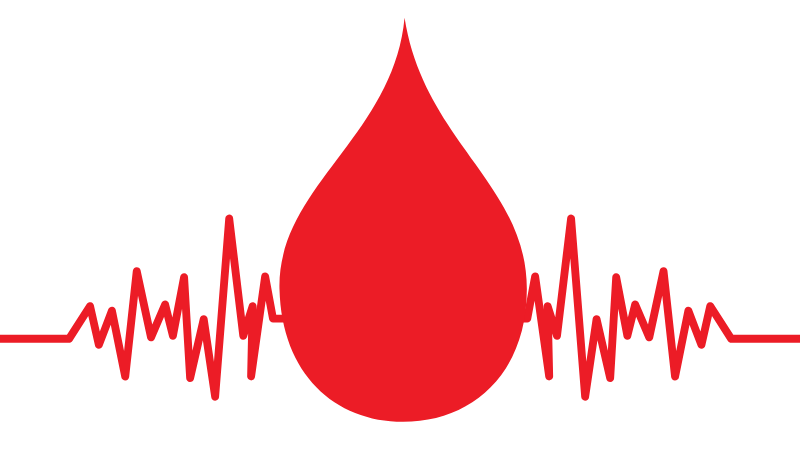
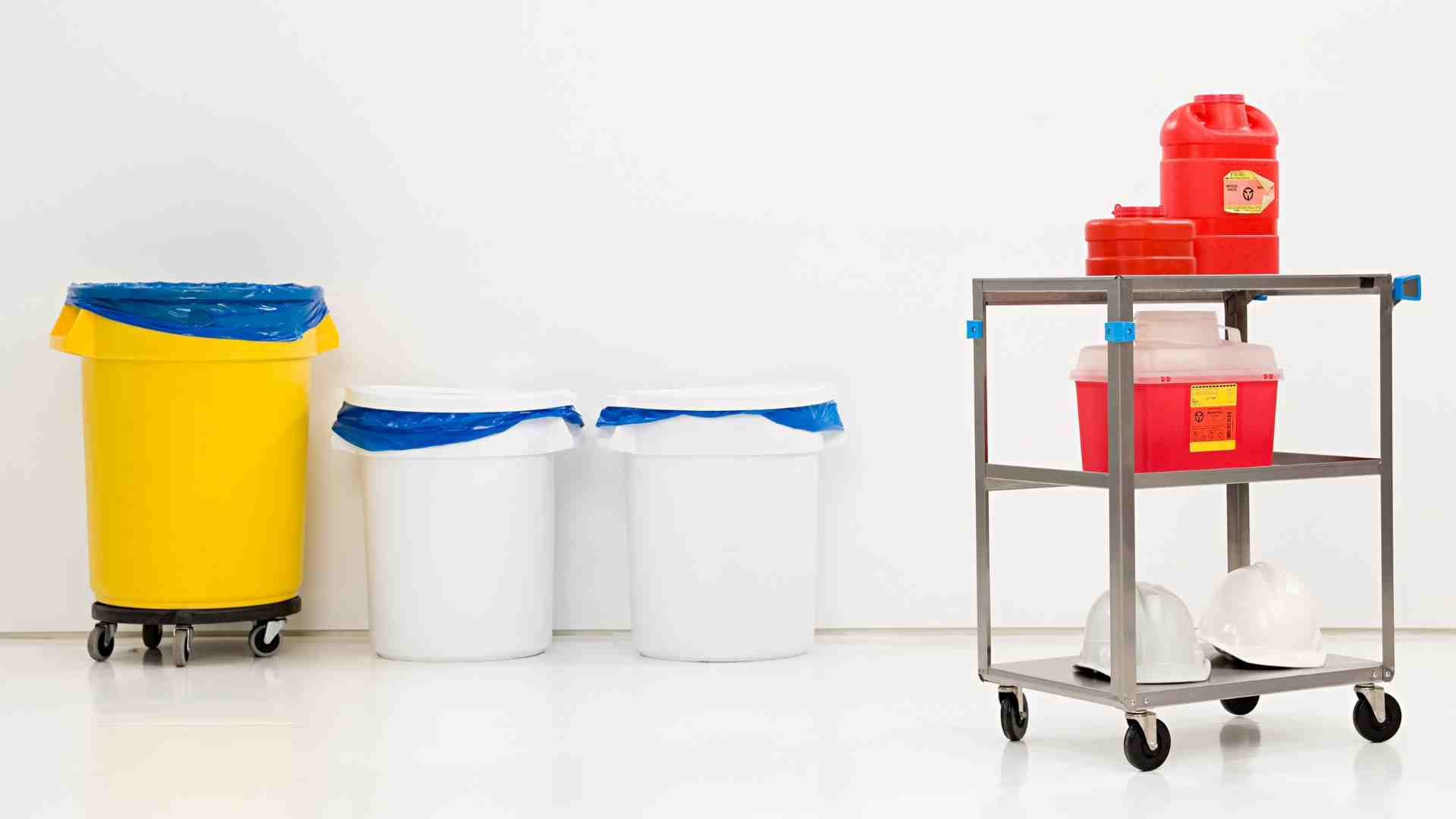

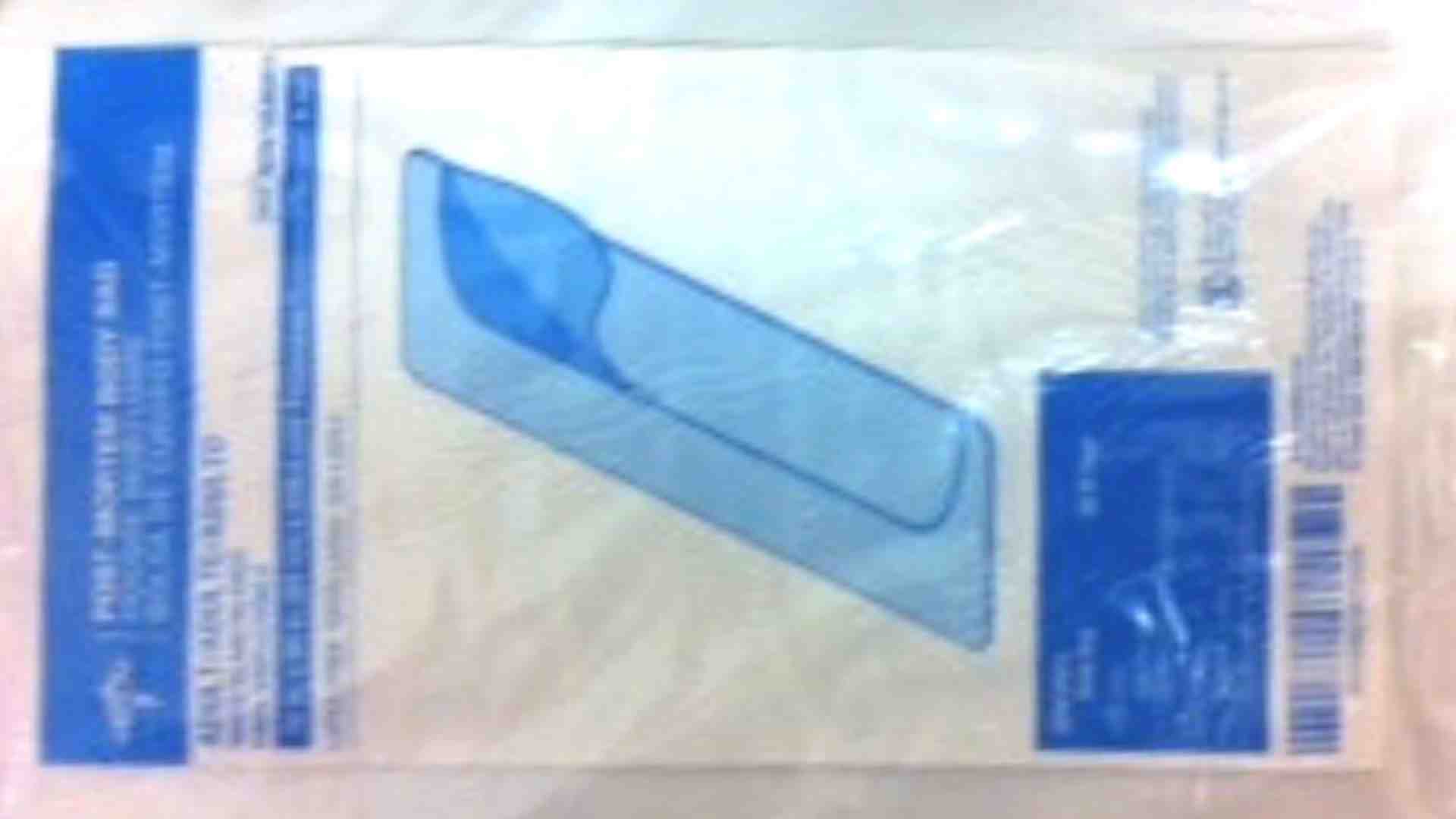
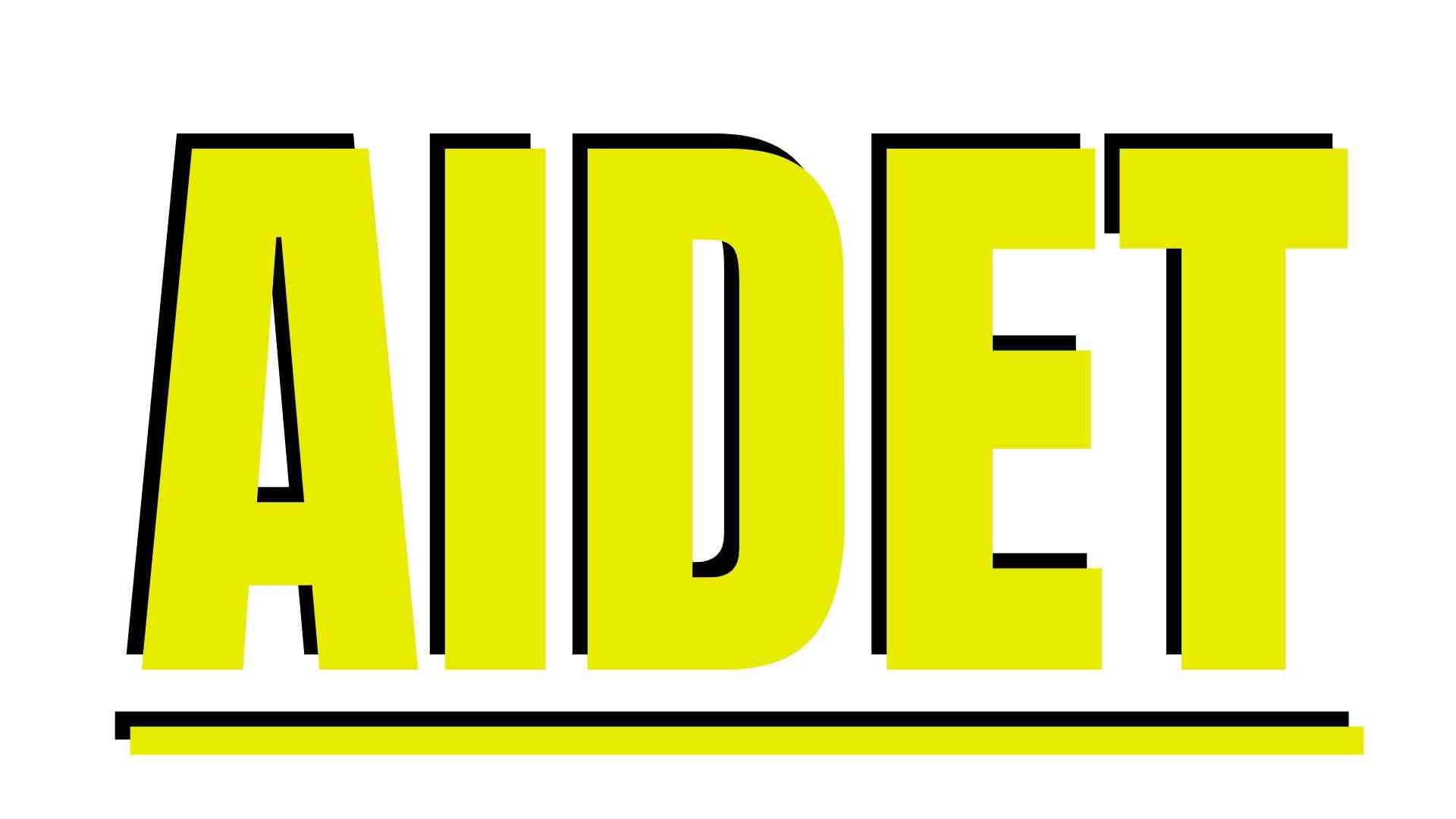







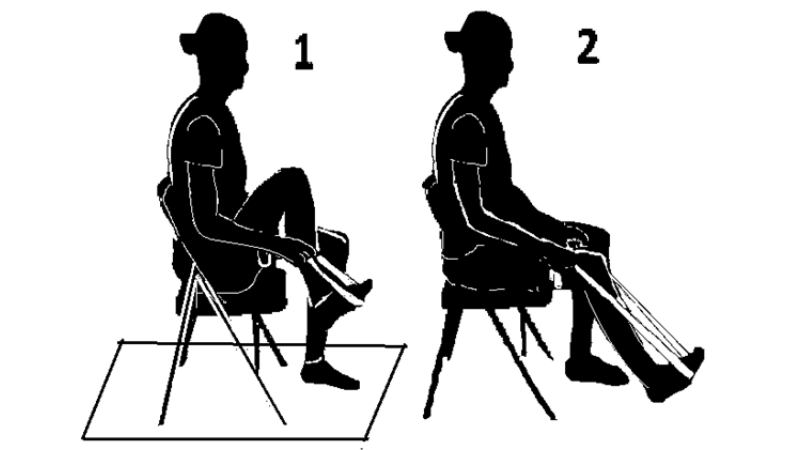
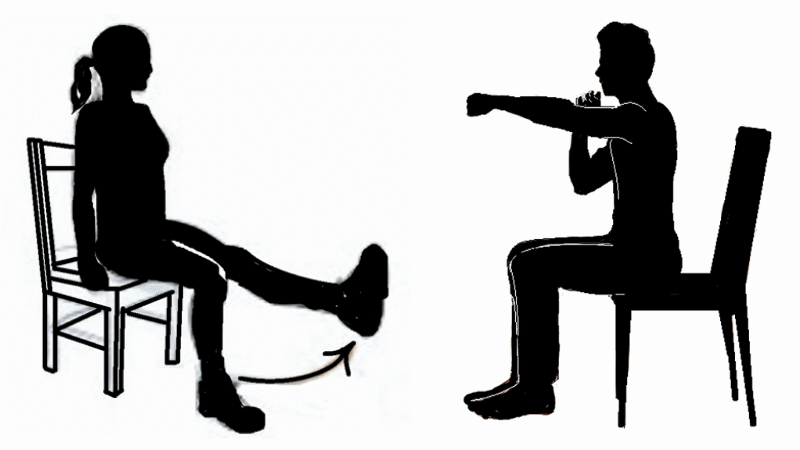
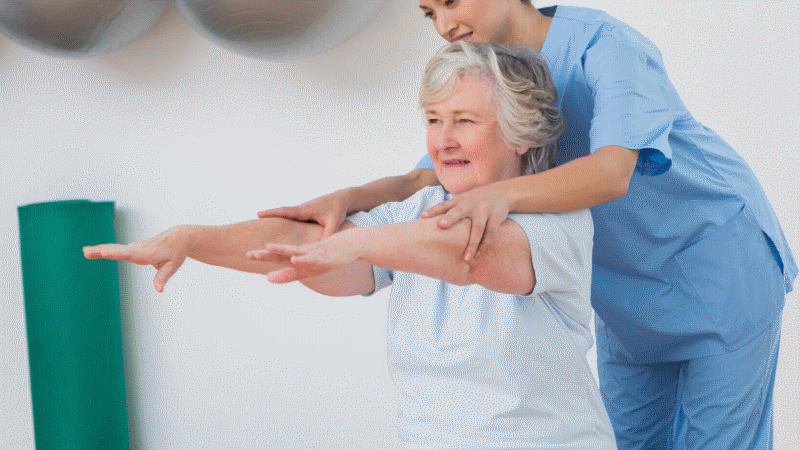







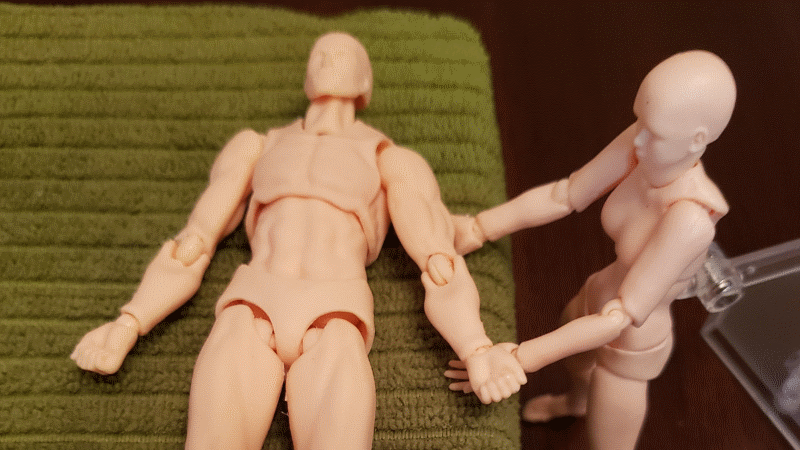

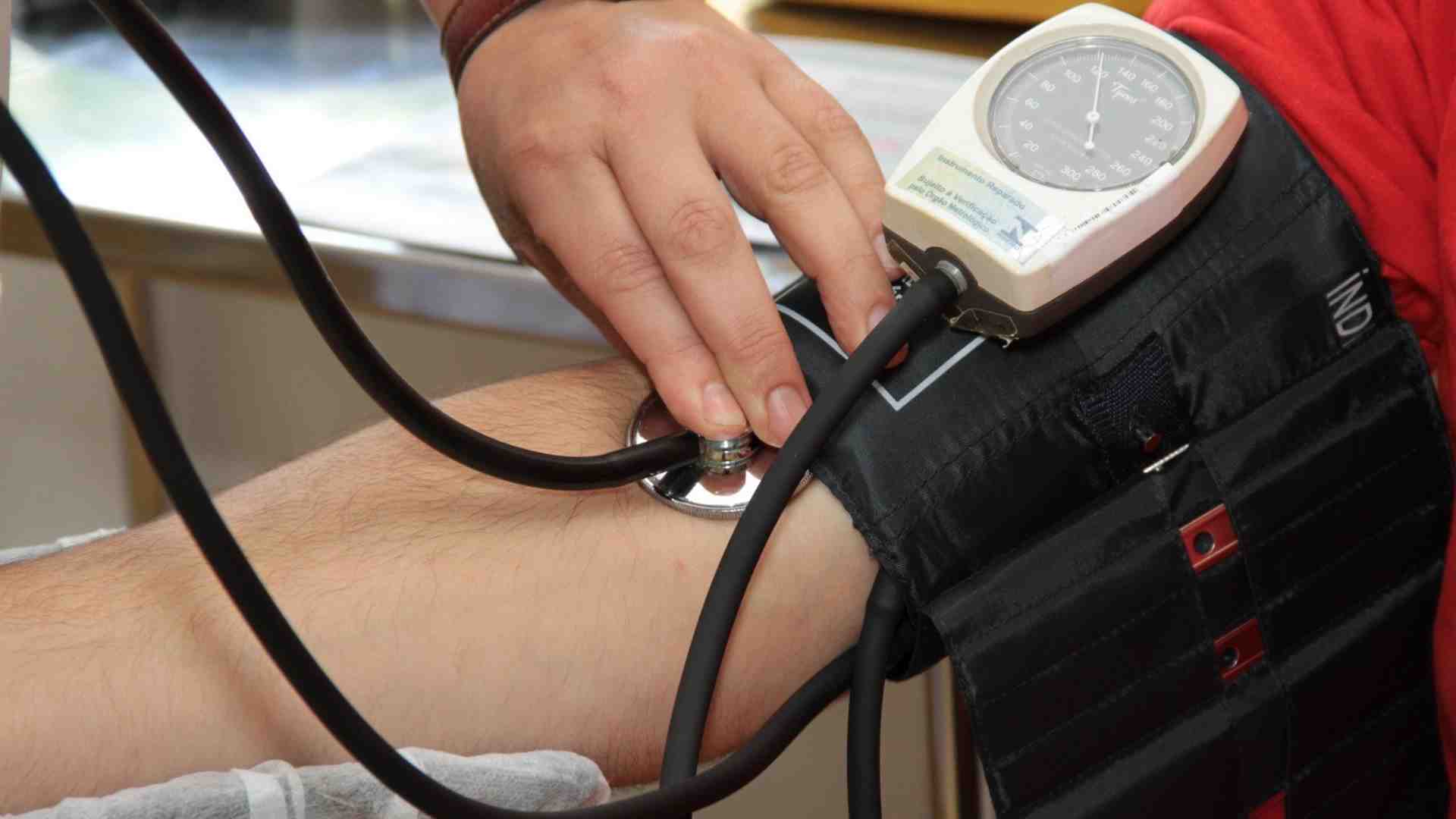
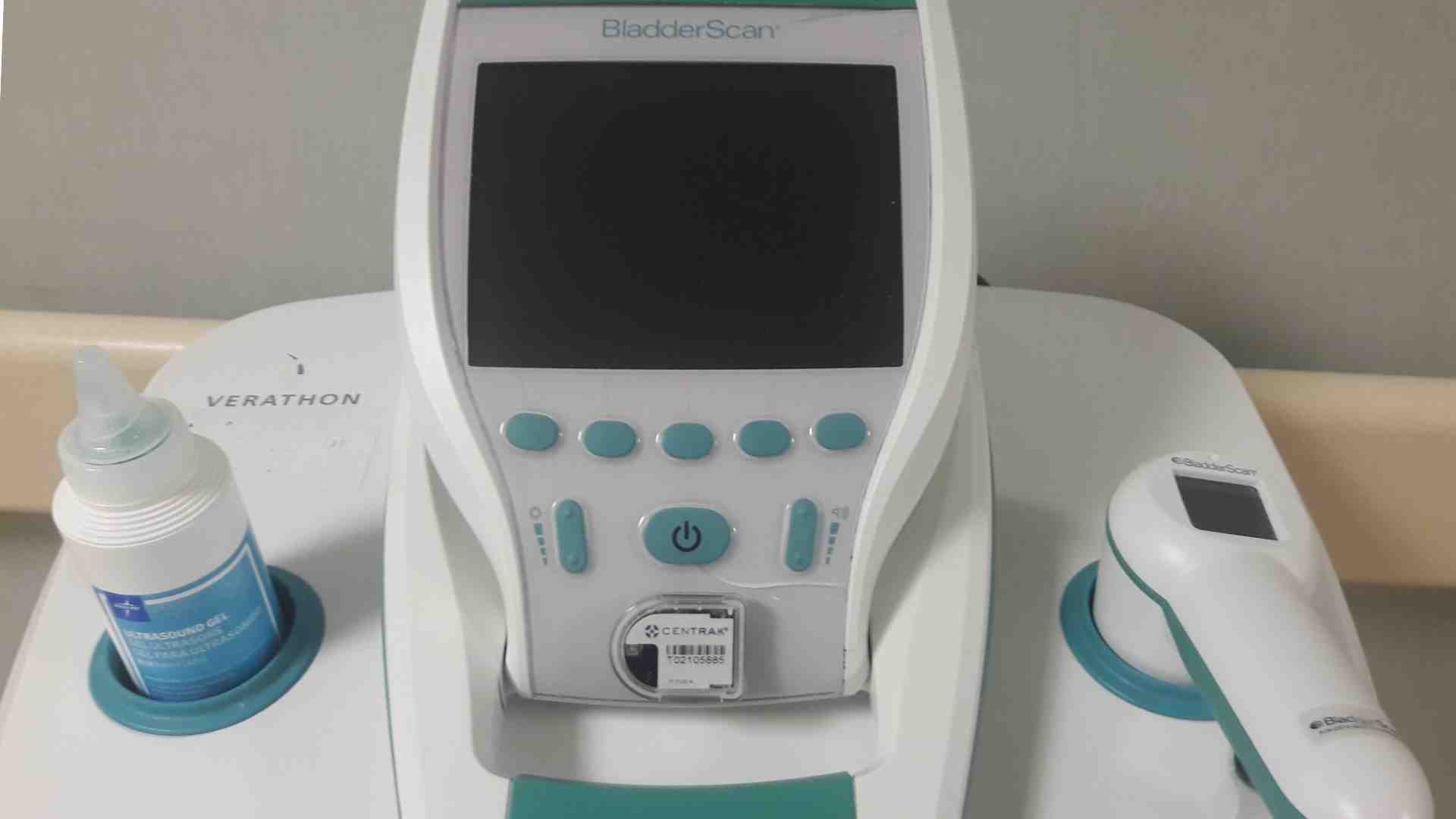
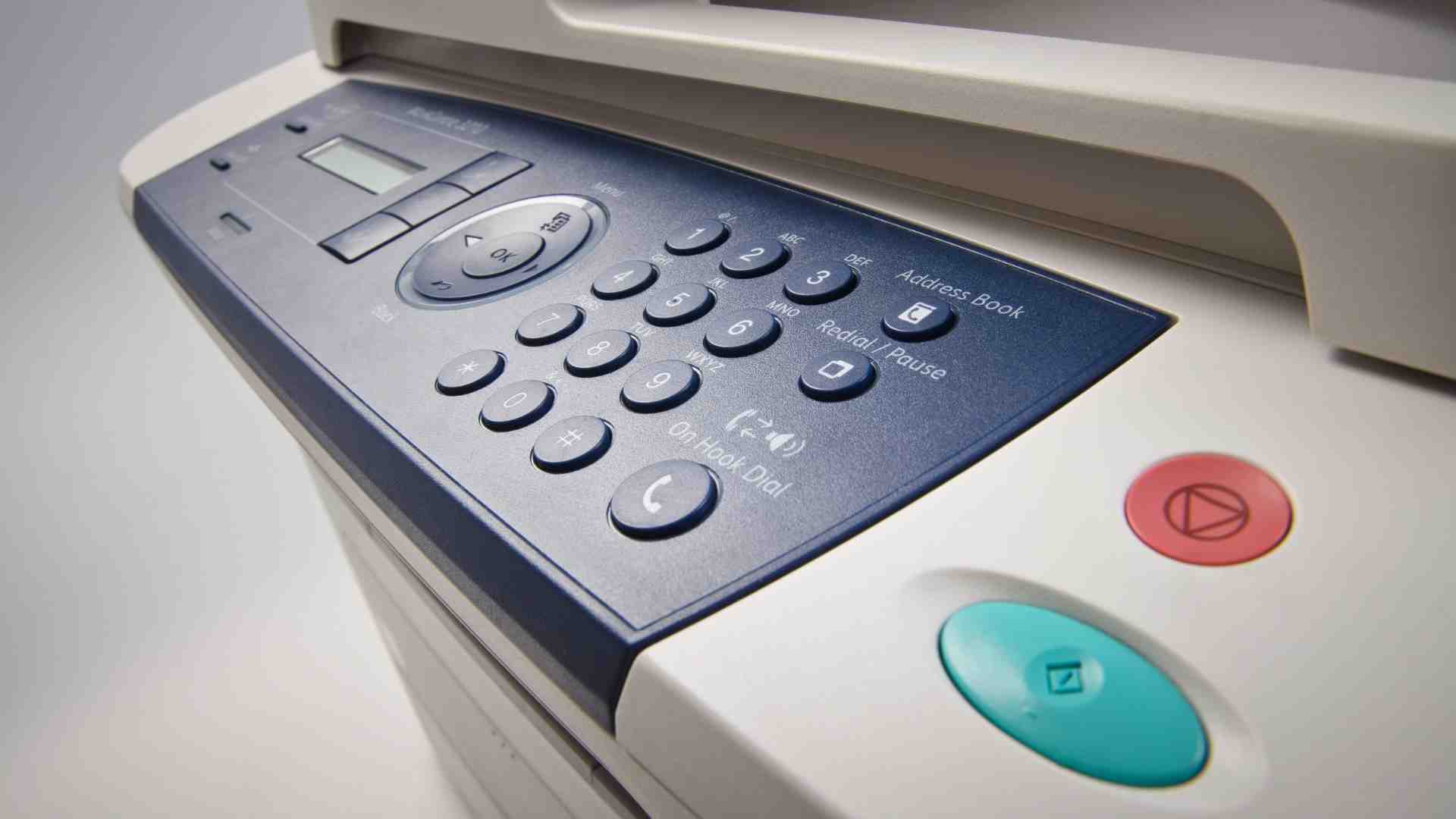




New! Comments
Have something to say about what you just read? Leave a comment in the box below.